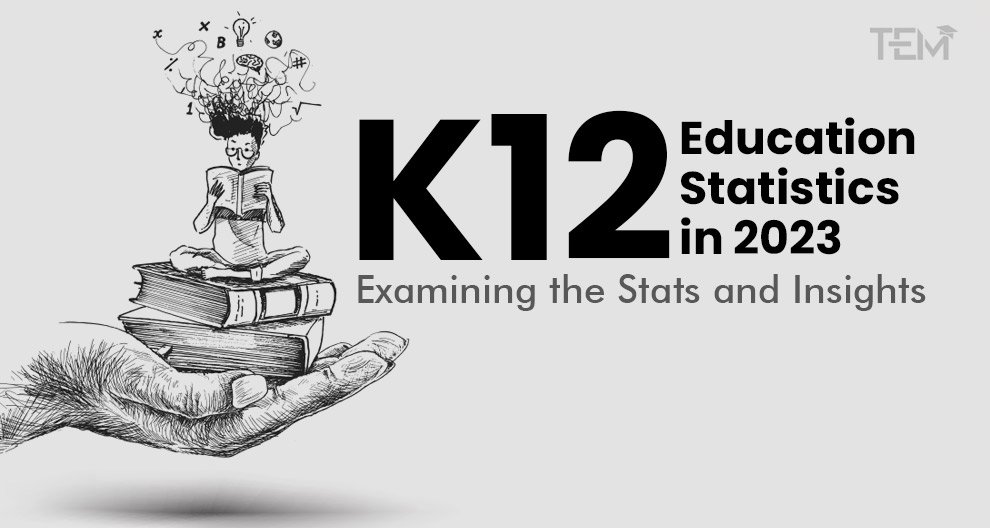In a world where nearly everything is ‘tech’ driven, this is the beginning of a revolution where things are moving extremely fast. The way students best learn won’t change in the next ten years, but the tools they use will. Technology and Education are evolving together and transforming each other. The exponential growth of technology has been redefining the learning experience, since the past century. For instance, technology has shifted classroom teachings into mobile screens. Many profit/non-profit companies are planning to construct lots of low-cost universities, from data-driven classrooms to professors teaching for free online such as Udacity—rephrasing higher education definition for future tech jobs.
Blended learning, an integration to boost knowledge
Previously, it was impossible for a professor to teach hundreds of thousands of students at the same time but now it is happening thanks to digitalization. The younger generations are glued to their smartphones from morning to night – learning through social media and informative websites. The combination of both formal (traditional classrooms) and non-formal (online courses) methodologies represents a model that boosts learning and delivers business.
Everybody cannot go to Stanford University or Harvard Business School, but now truly high-quality materials can be made available at very low cost to anybody whoever they are, whatever their class, and whatever their race. This brings the democratization of education to an extent that’s never been true before in human history.
The sudden burst of these massively open online courses is one of the most visible ways through which digital technologies are reshaping colleges in universities. Computers and internet connections are delivering college classrooms to people down the block and around the world. Computers are making real bricks and mortars classrooms more interesting, more effective, and more affordable.
Online boom just down the road
Currently, a great education is available to a few tens of thousands of people but there are still millions who cannot get access even to basic education. Thousands of universities are capable of scattering good quality education and reshaping higher education definitions, but they miserably fail when students want to see demonstrated ROI on their education costs. It’s been a decade since people are using mobile phones, they download apps that help them connect with people and watch YouTube videos to learn how to cook Veg Shawarma. Yet, when it comes to learning online courses, they’ve barely scratched the surface of what’s possible.
An online learning platform like Udacity has made effective learning possible to millions of students around the world. Sebastian Thrun, David Stavens, and Mike Sokolsky created Udacity after the success of the free online artificial intelligence class at Stanford where 160,000 people signed up for that class. Udacity’s most classes are made up of a series of short instructional videos. In a lot of videos, the instructor writes on the screen with an electronic pen, “it’s a 21st-century chalkboard.”
Where Udacity claims to be a new 21st-century university, Coursera is a collaboration of 16 long-established and distinguished names. The group includes Stanford, Caltech, Princeton, University of Michigan and the University of Pennsylvania. Enrolment is free and more than 33 million students from some 200 countries have already registered. Coursera offers a wide range of online classes more than a hundred in business, sciences, mathematics, and humanities, a truly diverse higher education definition. Coursera’s classes are made up of videotape lectures that run five or ten minutes to nearly an hour.
EdX: Learning how to improve teaching both online and face to face
For many people, higher education is becoming unaffordable because of its increasing cost. To address this issue, many capable universities are installing technologies that can raise the quality of education while lowering costs. Online podcasts, blended conferences, video/audio tapes, and game-based learning are some effective methods that many universities have started practicing.
For example, Harvard University has already more than a hundred online classes in its extension school. And for a decade, MIT has been putting much of its raw courses where the lectures, notes, and quizzes along with the $60 million plan to make Harvard and MIT courses available online for free. Together, they formed an open-source technology platform, edX. With this pace, they hope to reach a billion people around the world.
“This is the era of disruption for education. Things are being disrupted in a big way and things are moving extremely, extremely fast. The time is right because computing technologies are finally here. The internet is available in large parts of the world. Computers and tablets have become relatively low cost so people around the world customarily have one of these devices and have a connection over the internet,” says Anant Agarwal, MIT Computer Scientist, the former president of edX. EdX wants to reach a lot of people with free education but Agarwal says that an equally important mission is; learning how to improve teaching both online and face to face. We have not applied computing technologies to education in a big consulting way. We still do lectures in lots of classrooms with chalkboards and things of a sort. We really haven’t entirely much dramatic progress. We use PowerPoint as one of the bigger advancements over the past many decades.
Because online education platforms can capture and store a user’s every word and mouse click, edX promises to be a massive deeply granular experiment to help people live, study, and learn with computer technology.
Miami University of Ohio projecting a computer display on the wall, it’s called a learning dashboard. It shows students how well they did with an online assignment ‘do the night before.’ The software scores how each student is learning and what concepts they are struggling with. This data-driven classroom approach produces deeper learning in less time than the standard textbook learning format.
Conclusion: Online education resulted in giving a greater ROI than traditional classroom learning. The courses are also designed for Gen Z to fit 85% of jobs that will exist in 2030. It’s been observed that 20-30% of the entire student body comes to the lecture is surprisingly often times at the end of a course. They are just not going to lectures and so by making available online videos with interaction built into that, colleges can now make learning available at any place, at any time to anyone. This can significantly improve the whole learning experience for either on-campus students or students worldwide.
Read Full Post 10 Best Institute in Canada of 2020


